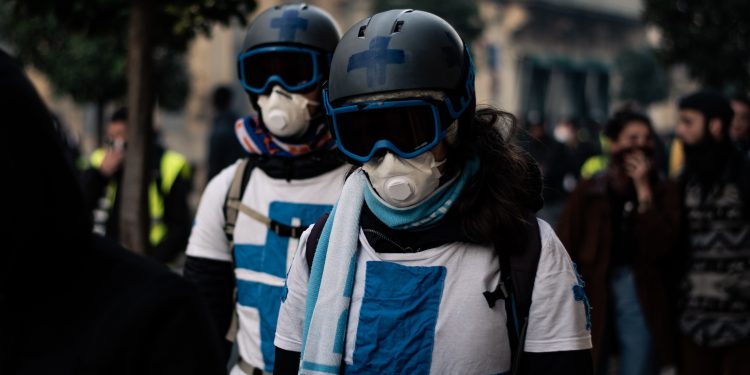This article in The New York Times indicates how facial recognition is being used by police and protesters in Hong Kong to reveal and locate individuals for reasons many will consider nefarious. It also identifies how the police try to force users to look at their phones to open the devices.
No matter your thoughts on the government’s right to force a phone to be unlocked, these approaches should be concerning to anyone that has biometrics protecting extremely valuable assets. Violent criminals are everywhere and this article appears to suggest that poverty is likely your only protection.
At a larger scale, the article also suggests that the public will soon be totally confused about facial recognition; they will assume that the term is always associated with potential mass surveillance. If so, this will have a chilling effect on the use of biometrics to protect access to assets on the handset which would extend the life of user IDs and passwords:
“The police officers wrestled with Colin Cheung in an unmarked car. They needed his face.
They grabbed his jaw to force his head in front of his iPhone. They slapped his face. They shouted, “Wake up!” They pried open his eyes. It all failed: Mr. Cheung had disabled his phone’s facial-recognition login with a quick button mash as soon as they grabbed him.
As Hong Kong convulses amid weeks of protests, demonstrators and the police have turned identity into a weapon. The authorities are tracking protest leaders online and seeking their phones. Many protesters now cover their faces, and they fear that the police are using cameras and possibly other tools to single out targets for arrest.
And when the police stopped wearing identification badges as the violence escalated, some protesters began to expose officers’ identities online. One fast-growing channel on the social messaging app Telegram seeks and publishes personal information about officers and their families. The channel, “Dadfindboy,” has more than 50,000 subscribers and advocates violence in crude and cartoonish ways. Rival pro-government channels seek to unmask protesters in a similar fashion.”
Overview by Tim Sloane, VP, Payments Innovation at Mercator Advisory Group










